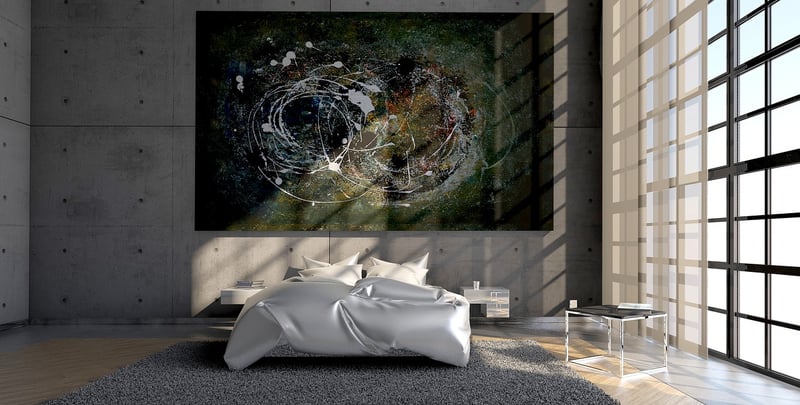Contemporary
The Art of Expressive Movement in Contemporary Dance
In the realm of contemporary dance, expressive movement serves as a powerful tool for artists to convey emotions, tell stories, and connect with audiences on a deeper level. This dynamic form of dance pushes boundaries, challenges traditional techniques, and embraces creativity in both movement and expression.
What is Expressive Movement?
Expressive movement in contemporary dance goes beyond just physical steps and choreography. It involves the intentional use of the body to communicate feelings, ideas, and narratives. Dancers explore a wide range of motions, from subtle gestures to bold, explosive movements, to express their innermost thoughts and emotions.
The Role of Emotions
Emotions play a central role in expressive movement. Dancers draw from their own experiences, memories, and feelings to infuse authenticity into their performances. Through the manipulation of tempo, dynamics, and spatial patterns, dancers create a rich tapestry of emotions that resonate with audiences.
Connection to Contemporary Dance
Expressive movement is deeply intertwined with the essence of contemporary dance. This genre values innovation, individuality, and pushing artistic boundaries. Dancers are encouraged to explore new ways of moving, thinking, and expressing themselves, leading to groundbreaking choreography that defies conventions.
Exploring Creativity
Contemporary dancers often use improvisation and experimentation to discover unique forms of expressive movement. By breaking free from traditional structures and embracing spontaneity, dancers can tap into their creativity and unlock new possibilities for self-expression.
Visual Inspiration

Image: Source
Conclusion
Expressive movement is a cornerstone of contemporary dance, allowing artists to break free from tradition and create deeply impactful performances. By embracing emotions, pushing boundaries, and fostering creativity, dancers can connect with audiences in profound and meaningful ways, shaping the future of dance as a powerful form of artistic expression.
